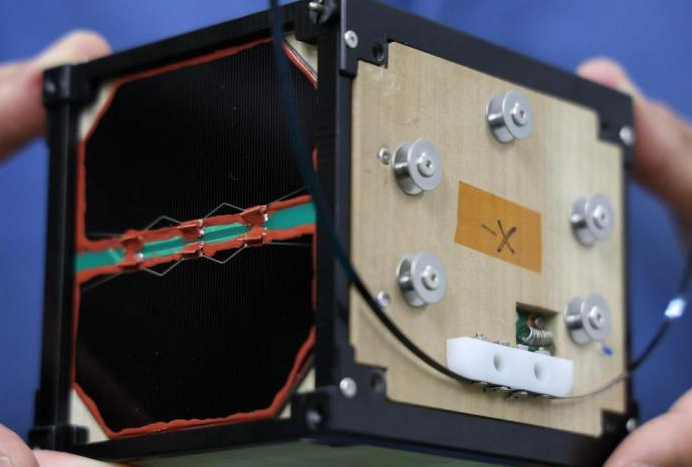
China’s large high-speed stealth unmanned vessel, the “Tiger Shark,” made its debut at the Zhuhai Airshow, signaling China’s active exploration of innovative uses of unmanned equipment in future naval warfare.
Mainland Chinese scholars interviewed believe that the appearance of the “Tiger Shark” is revolutionary from the perspective of enriching fleet combat capabilities. However, Taiwanese scholars emphasize that the level of intelligence of the “Tiger Shark” still needs to be observed, and its ability to make autonomous decisions is the key indicator for evaluating its combat power.
According to Xinhua News Agency on Monday, November 11th, the “Tiger Shark” has a total length of 58 meters, a width of 23 meters, a displacement of 500 tons, a maximum range of 4000 nautical miles (7408 kilometers), and features high-speed stealth capabilities. It possesses unmanned autonomous combat capabilities such as beyond visual range firepower strikes, anti-aircraft missile defense, and anti-submarine warfare.
From on-site photos, the “Tiger Shark” adopts a trimaran design, futuristic in appearance, which is beneficial for combating rough seas and bears similarities to the U.S. Navy’s “Sea Hunter” unmanned anti-submarine vessel. However, unlike the latter, the “Tiger Shark” has a noticeably stealthy design and, due to its larger tonnage, can carry more payload and has more functions.
CCTV military reports state that the “Tiger Shark” is equipped with a highly capable active phased array radar for detection, guidance, and other tasks, and can also carry unmanned helicopters.
Beijing military expert and former Navy Colonel Li Yaqiang, in an interview with the Lianhe Zaobao, analyzed that the “Tiger Shark” is a near-shore combat offensive platform with extreme flexibility in use. It can play a role similar to the loyal wingman of an air force drone, serving as both a shield to protect bases and fleets, as well as a spear for fleet assaults.
The “loyal wingman” is an autonomous drone formation system used for tasks that are too difficult or dangerous for manned platforms, enriching reconnaissance and attack capabilities while effectively protecting the mother ship.
Li Yaqiang pointed out that the “Tiger Shark” is equipped with a universal vertical launch system that can be fitted with anti-ship missiles, air defense missiles, or anti-submarine weapons according to different mission types, emphasizing practicality.
In fact, as early as the 13th Zhuhai Airshow in 2021, the “Tiger Shark” appeared with a rudimentary model and did not attract much attention. However, just three years later, the “Tiger Shark” is now physically exhibiting, showcasing China’s emphasis on unmanned naval warfare.
An article in the PLA Daily last month stated that Western military powers highly value the development of unmanned forces, which, on the surface, involves the comprehensive and extensive use of unmanned combat platforms, reflecting the trend of modern warfare transitioning towards unmanned operations.
Taiwanese military expert Qi Leyi pointed out in an interview that the shift towards unmanned operations means that the quantity and even the functions of unmanned combat platforms are not the most important indicators; intelligence is the key measure of the combat power of unmanned systems.
Qi Leyi analyzed that existing unmanned combat platforms are mostly in a state of “weak intelligence” that requires remote control by humans, with little difference between countries. China may have an advantage in production capacity and quantity, but intelligence is where the strength of the U.S. military lies.
The U.S. military’s X-47B carrier-based drone has achieved autonomous aerial refueling without human control, and the AI-controlled F-16 fighter “Vista” has conducted over 20 simulated aerial combat flights, but there is no information indicating that China has conducted similar tests.
Li Yaqiang believes that the Chinese Navy still needs to learn from the world’s most advanced technologies, but in terms of current intelligence development, it has reached a stage where there must be ethical and moral constraints on artificial intelligence decision-making.








